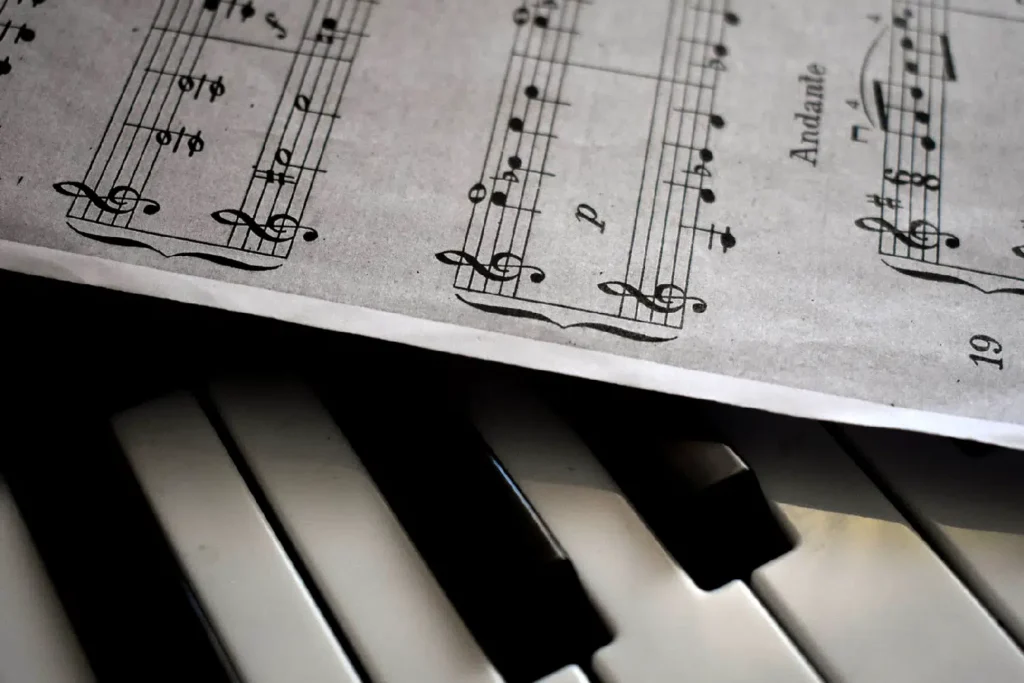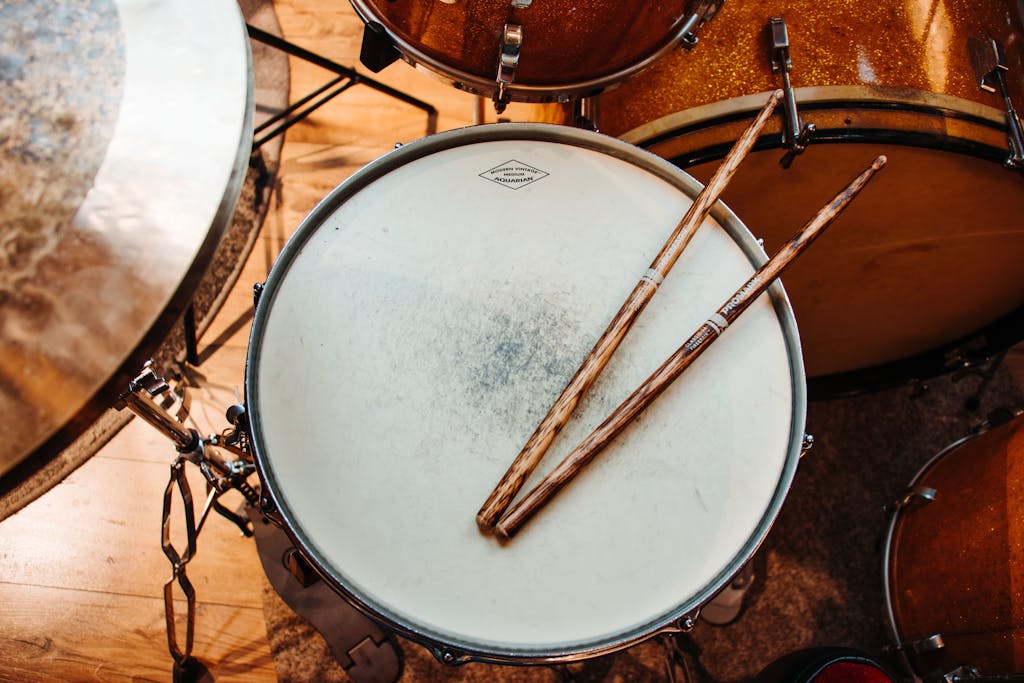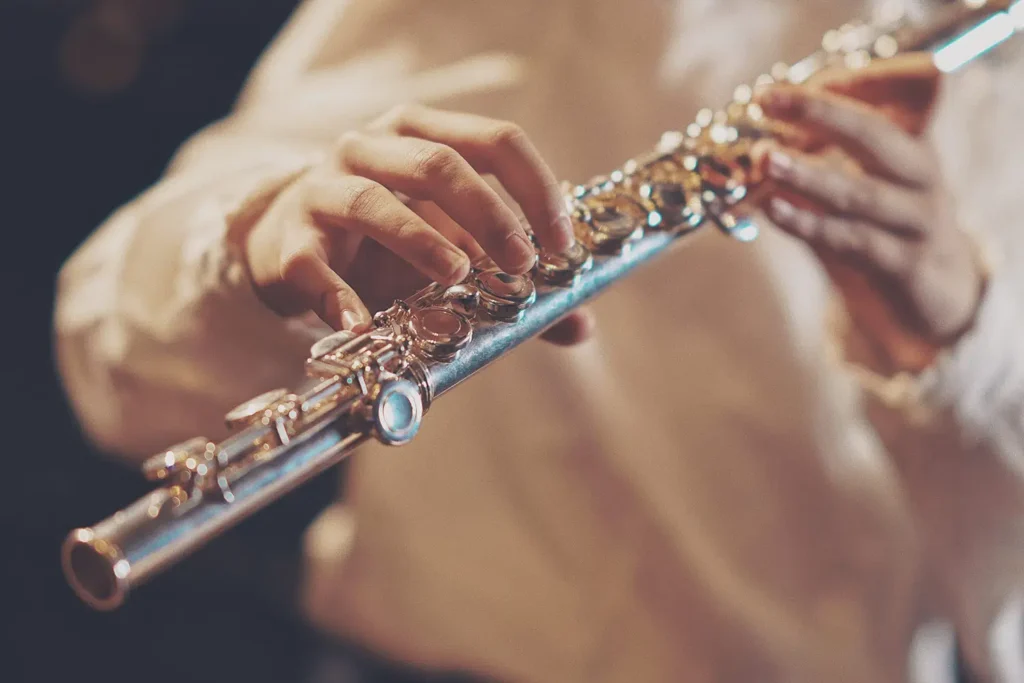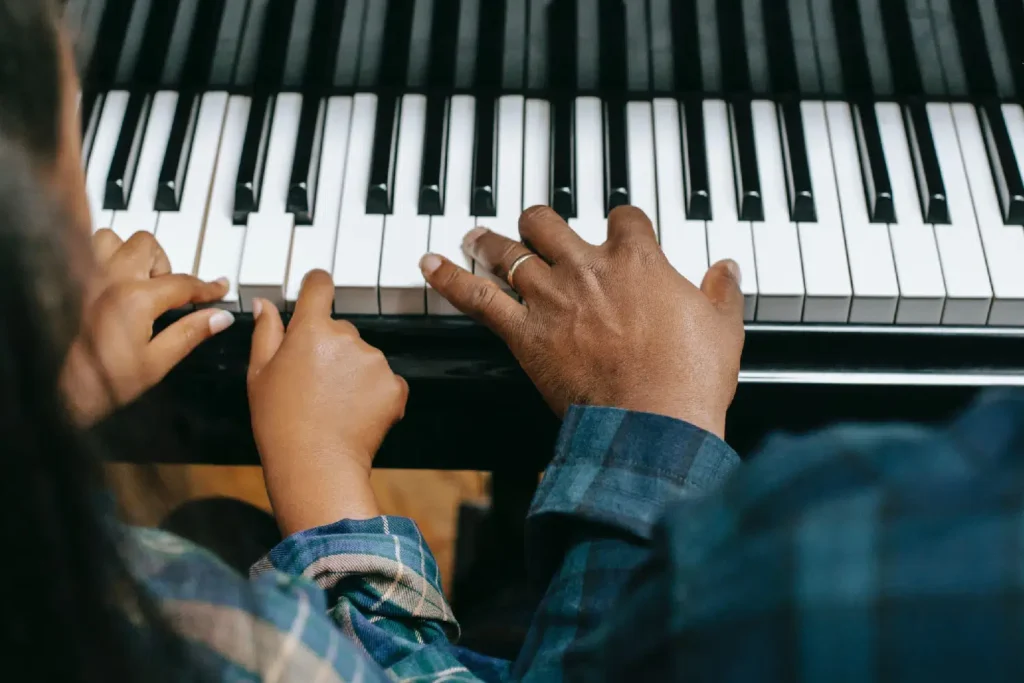Introduction to Polyrhythm
Polyrhythm, a captivating facet of rhythm, introduces the listener to a complex interplay of simultaneous, while also contrasting rhythms. It involves the juxtaposition of different rhythmic patterns, while creating a rich and layered sonic experience. This comprehensive guide will delve into the intricacies of polyrhythm, exploring unusual time signatures and offering effective practice strategies for musicians while seeking to master this mesmerizing aspect of musical expression.

Understanding Polyrhythm
Basics of Polyrhythm
Definition:
Polyrhythm involves the simultaneous use of two or more conflicting rhythms. The resulting patterns interweave, creating a rhythmic tapestry that challenges both performers and listeners.
Contrasting Elements:
Polyrhythms often feature contrasting subdivisions, such as one hand playing triplets while the other plays duplets. The inherent tension between these elements adds depth and complexity to the musical texture.
Common Examples in Music
3:2 Polyrhythm:
Perhaps the most well-known polyrhythm, the 3:2 relationship involves one part playing three beats in the same time another part plays two, creating a syncopated feel.
4:3 Polyrhythm:
This polyrhythm introduces a dynamic tension, with one part emphasizing four beats while against another’s three, offering a distinctive rhythmic flavor.
5:4 Polyrhythm:
Expanding further, the 5:4 polyrhythm introduces a five-beat pattern contrasting with a four-beat pattern, challenging the listener’s rhythmic perception.

Unusual Time Signatures
Time Signature Basics
Time Signature Defined:
The time signature, expressed as a fraction, denotes the number of beats in a measure and also the note value that receives one beat. Unusual time signatures deviate from either common 4/4 or 3/4 signatures.
Examples of Unusual Time Signatures:
Explore time signatures like 7/8, 5/4, or also 9/16 to introduce asymmetry and intrigue into your compositions.
Applications in Various Genres
Jazz and Fusion:
Unusual time signatures are prevalent in jazz and fusion, while offering musicians the freedom to experiment with rhythmic complexities. Artists like Dave Brubeck and also Mahavishnu Orchestra showcase the expressive potential of non-traditional time signatures.
Progressive Rock and Metal:
Bands in the progressive rock and metal genres, including Tool and Dream Theater, often embrace unusual time signatures, pushing the boundaries of rhythm while elevating their compositions to new heights.

Strategies for Polyrhythm Mastery
Overview
Isolated Subdivisions:
Begin by practicing each rhythm in isolation. For example, master playing quintuplets with one hand and triplets with the other before combining them.
Gradual Integration:
Gradually integrate the contrasting subdivisions, starting at a slower tempo while progressively increasing speed as comfort and precision improve.
Clapping and Counting
Auditory Precision:
Clap and count each part of the polyrhythm aloud to reinforce the auditory association while during the physical act of playing.
Metronome Practice:
Utilize a metronome to maintain a steady pulse while executing polyrhythms. The metronome acts as a guide, while helping to synchronize the conflicting rhythms.
Limb Independence
Isolation of Movements:
Isolate each limb or part involved in the polyrhythm to develop independence. Practice the rhythmic patterns individually before combining them.
Polyrhythmic Exercises:
Design exercises specifically targeting limb independence within the context of polyrhythms. This can involve playing different subdivisions with hands or feet.
Musical Application
Incorporate into Repertoire:
Apply polyrhythmic concepts to existing musical pieces or compositions. Also experimenting with polyrhythms within a musical context enhances practical understanding.
Improvisational Exploration:
Improvise using polyrhythmic patterns to foster spontaneity and also creativity. This allows musicians to adapt polyrhythms dynamically while performing in various musical scenarios.

Polyrhythm in Cultural Contexts
African and Afro-Cuban Influences
Polyrhythmic Traditions:
Explore the rich polyrhythmic traditions in African and also Afro-Cuban music. These cultures have contributed immensely to the global understanding while building an appreciation of intricate rhythmic patterns.
Diversity of Expressions:
Witness the diverse array of polyrhythmic expressions, while performing complex drumming ensembles to the use of polyrhythms in traditional dances.

Polyrhythm in Modern Music Production
A. Electronic Music
Beat Manipulation:
Electronic music producers often use software to manipulate beats, creating polyrhythmic textures. Experiment with digital tools to integrate polyrhythms into electronic compositions.
Layering and Sequencing:
Explore layering different rhythmic sequences to achieve intricate polyrhythmic arrangements. Sequencers and also drum machines offer precise control over rhythmic elements.

Polyrhythm in Improvisation
A. Jazz Improvisation
Dynamic Interaction:
Jazz musicians frequently use polyrhythms in improvisation to engage in dynamic rhythmic interactions while working with other performers. This requires a keen sense of timing and also responsiveness.
Rhythmic Freedom:
Embrace the freedom that polyrhythms offer in jazz improvisation. Experiment with rhythmic ideas to create engaging while also unpredictable musical conversations.

Polyrhythm in Composition
A. Compositional Techniques
Motivic Development:
Use polyrhythms as a compositional tool to develop while transforming musical motifs. This adds depth and also complexity to thematic material.
Contrast and Resolution:
Employ polyrhythms strategically to create contrast within a composition, while leading to moments of tension and resolution.

Challenges and Common Pitfalls
Timing Precision
Syncopation Challenges:
Achieving precise synchronization can be challenging, especially when dealing with intricate polyrhythmic patterns. Focus on maintaining clarity in syncopated accents.
Consistent Tempo:
Maintaining a consistent tempo is crucial. Use a metronome as a guide, and also practice at varying tempos to enhance adaptability.
Communication in Ensemble Settings
Clear Communication:
In ensemble settings, clear communication is essential. Musicians must establish a shared understanding of the intended polyrhythmic feel to perform cohesively.
Rehearsal and Repetition:
Dedicate sufficient rehearsal time to polyrhythmic sections. Repetition is key to internalizing the patterns while achieving a unified ensemble performance.

Future Trends and Innovations
Technology Integration
AI and Algorithmic Composition:
Explore the intersection of artificial intelligence and polyrhythm. AI algorithms can generate complex rhythmic patterns, while opening new possibilities for composition.
Virtual Reality and Interactive Experiences:
Consider the potential of virtual reality and interactive experiences in enhancing the exploration and understanding of polyrhythms. Immersive environments may provide novel ways for musicians to engage with complex rhythmic concepts.

Conclusion
Polyrhythm stands as a testament to the boundless creativity within the realm of rhythm. From its roots in traditional music to its pervasive influence in modern genres and also technological innovations, polyrhythm continues to captivate and challenge musicians worldwide. Aspiring to master polyrhythm requires dedication, practice, and also an open-minded approach to rhythmic exploration. Whether you’re a percussionist, instrumentalist, or electronic music producer, embracing polyrhythm opens doors to a world of rhythmic intricacies, allowing you to navigate the vast landscape of musical expression with newfound confidence and artistry.
More About Our Vocal Coaches
We understand that transitioning is often difficult and undeniably stressful for many people. While Dysphoria affects everyone differently, having an affirming voice that feels right for you can be a major factor in managing dysphoria.
Our vocal coaches help you find your voice by:

Dependable
⸺ & ⸺
Diligent
Having an advanced contact and booking platform to be sure that Your Lessons Now is always there for you, and our admin staff will always be here to help.

Helpful
⸺ & ⸺
Human
Providing a human touch to your scheduling and inquiries, our vocal coaches and also our admin team will assist you every step of the way.

Loud
⸺ & ⸺
Proud
Understanding the importance of providing a judgment-free and empathetic and caring environment, since many of us are LGBTQIA+ ourselves.

Secure
⸺ & ⸺
Respected
Our vocal coaches have extensive training, experience, degrees, and awards to further ensure the best learning environment for our students.